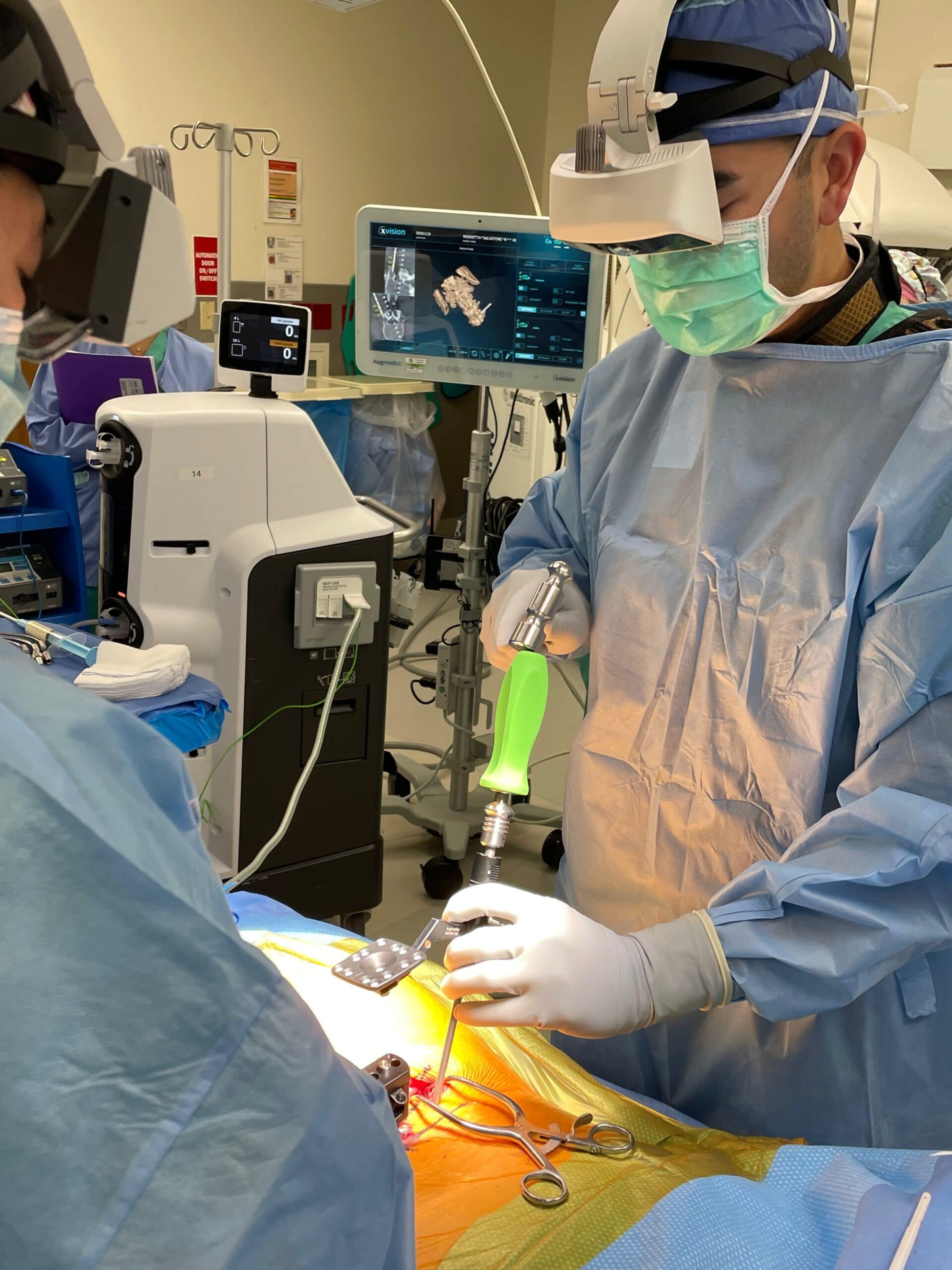
As featured in The Spine Health Journal: Adaptation Brings Innovation
It is not surprising that 2020 was a year of evolution for healthcare. New challenges bring new opportunities for innovation. Because of the concerns about in-person healthcare delivery during the height of the pandemic, our field has rapidly evolved to incorporate telemedicine. This has been revolutionary for multiple reasons. The speed and efficiency overall are tremendous — patients now have access to medical experts at their fingertips. Public health experts have long stated that we have a physician distribution challenge in America. Now, we can have patients who live in regions without high-level spine care connect to us over the internet as opposed to having to travel long distances for their initial visit.
Additionally, patients who are challenged by taking time off work or caring for their children can receive care from the convenience of their office or home. In essence, patients are now more than ever able to get their spine condition addressed as the geographical barriers to entry are eroded. Telemedicine is not without its negatives, however. Quality spine care is so much more than a history and imaging review. An in-person physical exam by a spine surgeon is paramount for accurate diagnosis and treatment — a critical step that cannot be achieved over the internet. Regardless, I firmly believe that telemedicine is a critical development that I integrate into my practice and has expanded my reach to those who need it the most.
Topics covered
About the Author
Featured Resources
Insights to Achieve a Pain-Free Life



